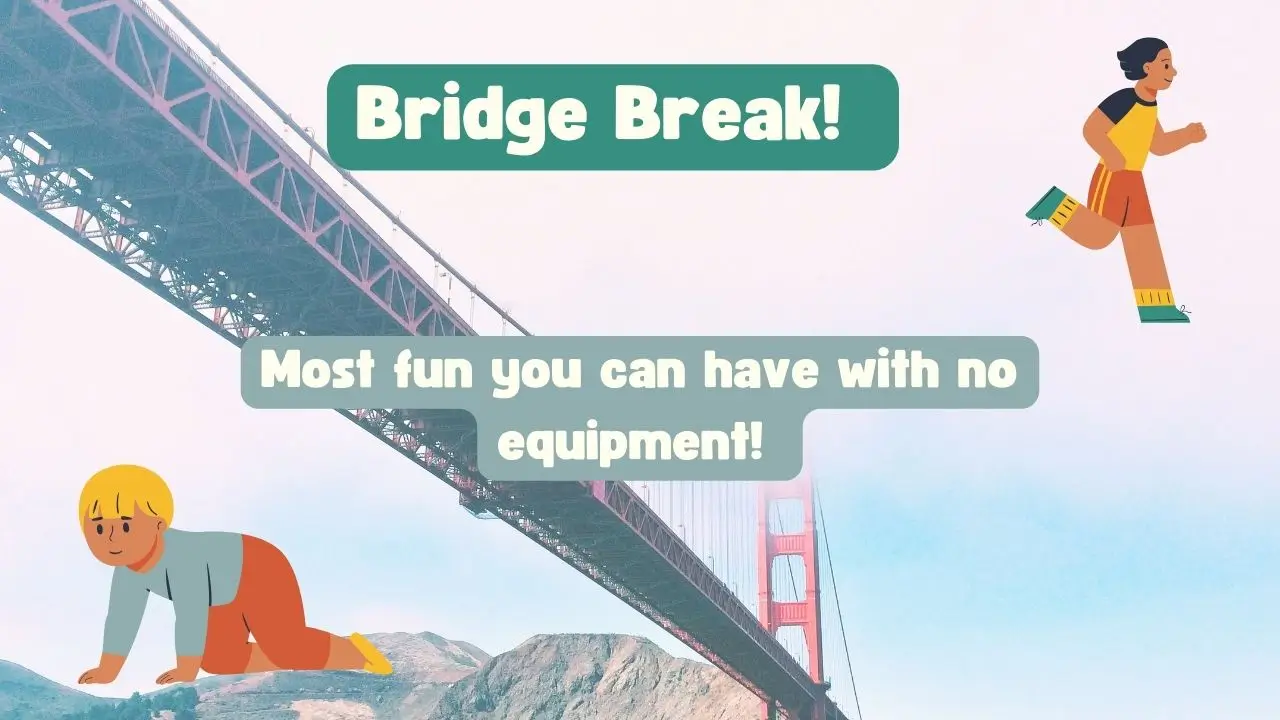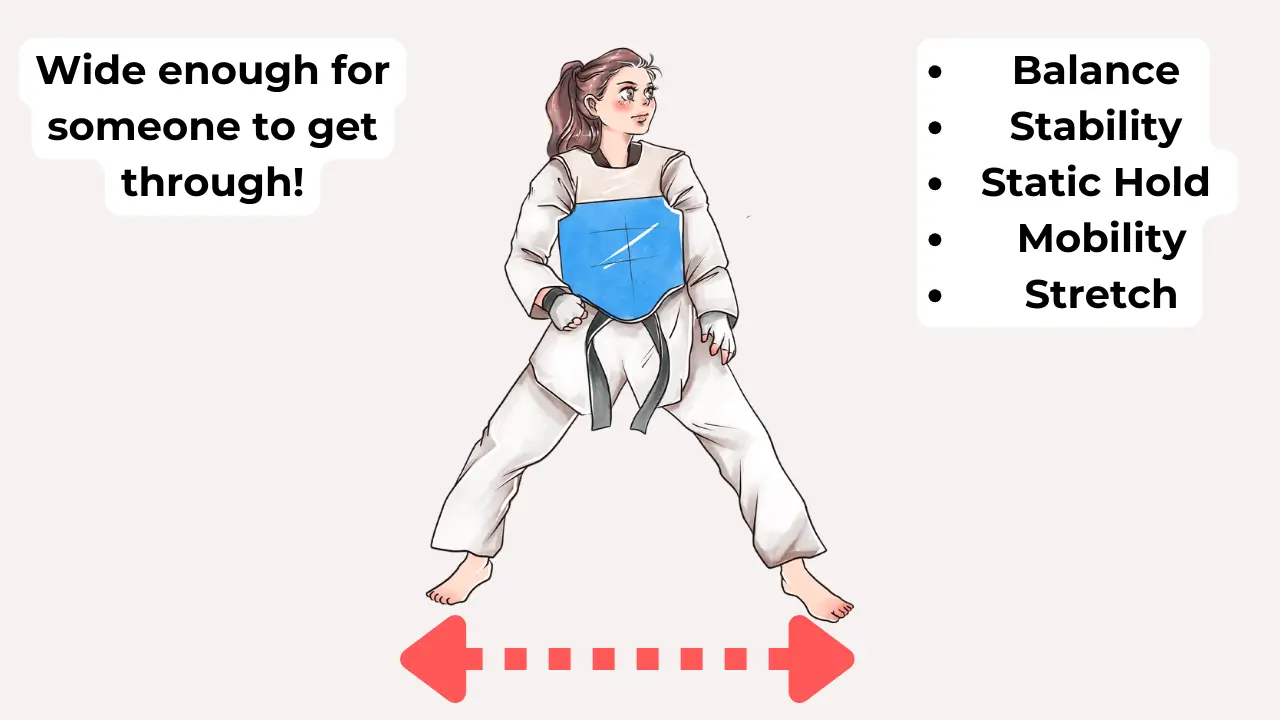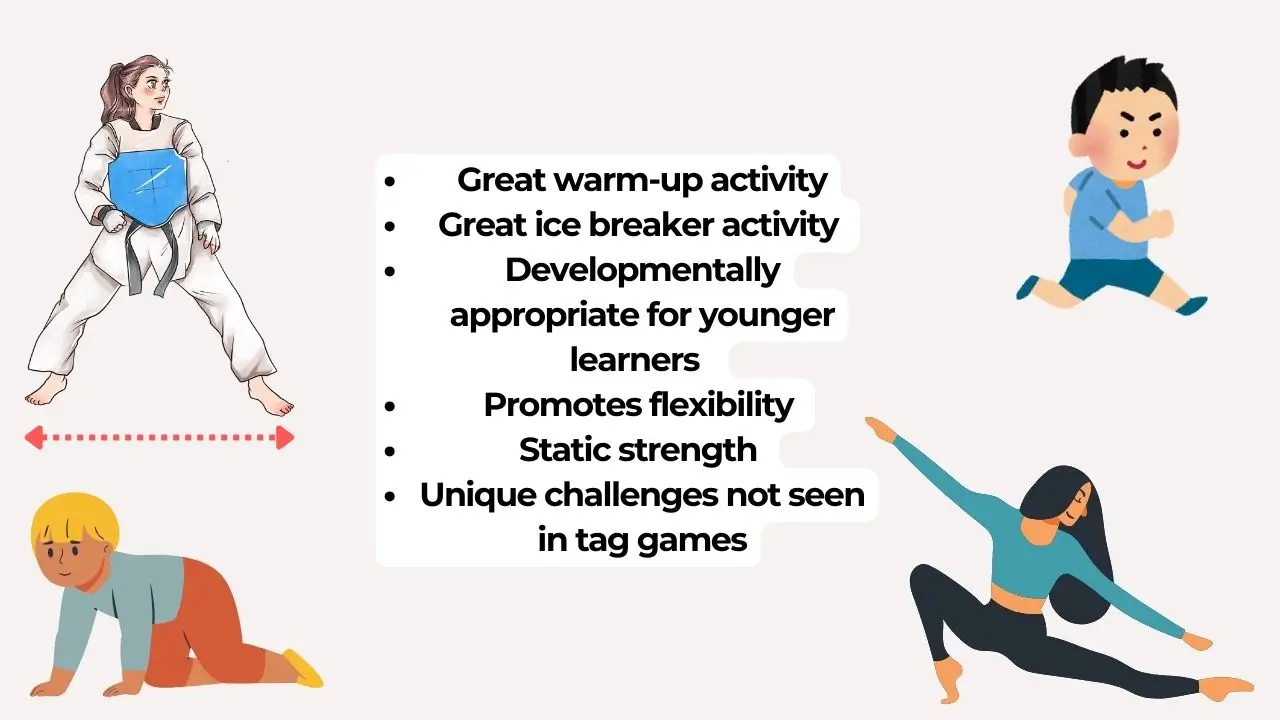Bridge Break! | Tag Game For All Ages
Apr 19, 2024


Kas
This is a simple activity that can be done will all ages, providing a unique take on a simple tag game. This game is ideal for all ages but is really enjoyed by younger learners. A useful ice breaker activity for older students and a fantastic way to warm up incorporating movement, static stretching and flexibility all in one game. This is a powerful teaching tool to start a discussion on teamwork, mobility, flexibility and how it can allow us to be better athletes and healthier individuals.
What makes this game unique compared to other tag games is that is focuses on problem solving, holding movements, static strength and being flexible. All of these important aspects are wrapped up in a fun fast paced game that can create a lot of laughs and groans (Only those with limited flexibility) in your classroom!
**What Do You Need? **
- A playing area (basketball court size)
How To Play?
- All students start the game in the playing area standing wherever they want
- The boundaries of the court are the boundaries for the game. Students cannot go outside of these boundaries
- In this game, students try to tag other students without being tagged themselves
- If a student gets tagged, they play a game of rock paper scissors
- If the student loses the game, they become a bridge. Meaning they have to stand still with a split stance, making a wide space between their feet.
- The student who wins continues to play
- The student who is a bridge can only return to the game when another student crawls under the bridge (their legs) and then they can re-join the game.

What Is The Goal Of The Game?
- To tag and not get tagged
- To observe and navigate the field of play, making decisions and movement choices that allow you to get successful outcomes
Discussion Points
- How can a lack of flexibility effect us as athletes and individuals in everyday life?
- What is a static stretch? Is it important?
- Why do we warm up? How does it help us?
- What can we do to become more flexible or have more physical mobility?
How Can You Modify It?
Make it easier!
- Make the space bigger
- Students get one chance before they turn into a bridge
Make it Harder!
- Students have to do 5 wide stance squats before they are free
- Make the space smaller
- Remove rock paper scissor, tag means you are a bridge straight away
What are the main skills being utilised?
Fundamental Movement Skills:
- Locomotor- run, jump, dodge, lunge, side step, leap
- Stability- turning, balance, stopping, bending, stretching
Tactical Skills:
- Scanning the field of play to make decisions
- Looking for gaps on the field to avoid being tagged
- Cooperative play, supporting teammates
- Following rules and structures of a game
- Critical thinking through decision-making

Why Is Flexibility & Mobility Important For Students?
- Common Issues: According to a study published in the Journal of Sports Science & Medicine, approximately 70% of students aged 10-18 years have been found to lack adequate flexibility in their joints and muscles.
- **Impact on Performance: **Research conducted by the American College of Sports Medicine suggests that students with poor flexibility may experience decreased performance in physical activities such as running, jumping, and agility-based sports due to limited range of motion.
- Association with Sedentary Lifestyle: A survey conducted by the Centers for Disease Control and Prevention (CDC) found that students who spend more time engaged in sedentary activities, such as watching TV or using electronic devices, tend to have poorer flexibility compared to those who engage in regular physical activity.
Here are some other great articles that may help you in your teaching journey!
- 3 Tips That Will Help You Teach Junior Primary P.E!
- The importance of ‘Daily Physical Activity’ for your classroom
- Under resourced and have no equipment for your HPE program? Here are some things to try!
Helpful Resources:
- Fundamental Movement Skills: Flash Cards + Circuit
- Coloured Cones For Teaching P.E! (Amazon)
- Coloured Sit Spots for behaviour management! (Amazon)
- Awesome Teacher Planner! (Amazon)
- How to create a better work life balance?
- Why are minor games important for students to learn?
- Emotional Regulation Posters
- Assessments for P.E- Ready to go
- What are invasion games?
- First time teaching P.E? Heres where to start!
